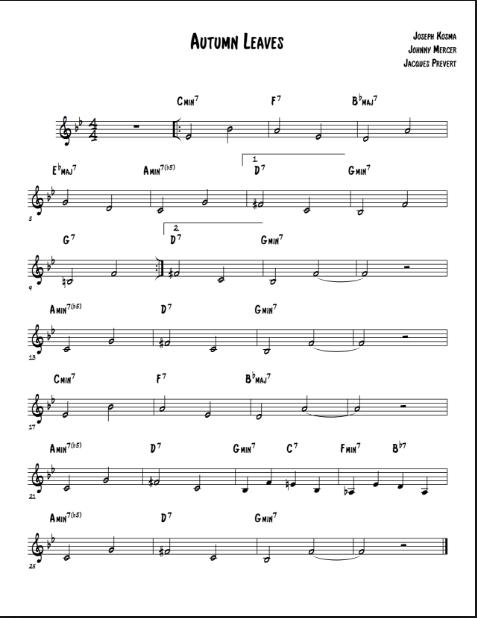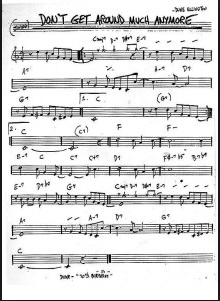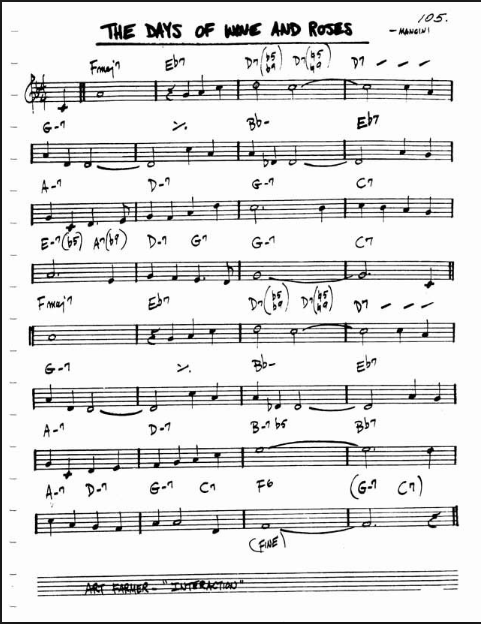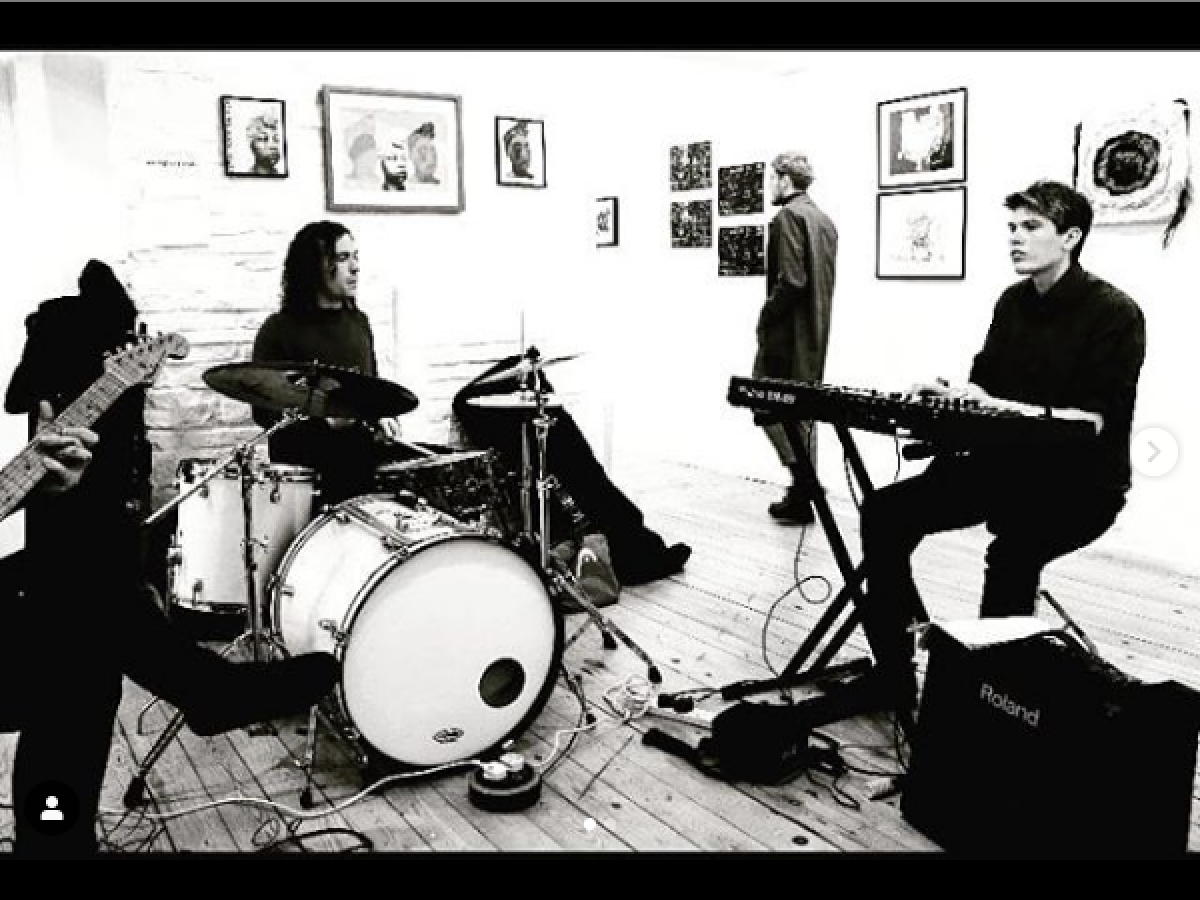How does it benefit me and Mother Fungus?
A grade 8 was something that I didn’t necessarily need in order to go to University however it was a requirement for some Universities that I had applied to. I knew that if I got my grade 8 it would be a huge achievement for me personally and would show that the level of piano that I was working at would be satisfactory for university entry. At the time of writing, I am still unsure about what I am going to do next year and if I reapply to Universities and Conservatoires, then a grade 8 will definitely strengthen my case for getting a place. Having grade 8 to aim for in my final project allowed me to work towards a very high practical level on the piano. It motivated me to practice every day and focus on developing weaker parts of my piano playing. The exam board that I chose was very jazz based which allowed me to address aspects that would also directly benefit my mother fungus contributions such as extension chords, arrangement and improvisation.
Exam Board
For my Grade 8 piano exam, I decided to go with a jazz board called London College of Music (LCM).
The format for the exam was very similar to that of classical exams on the ABRSM and Trinity boards, however allowed me to focus completely on jazz which included learning technical exercises that would directly benefit my playing as well as allow me to develop areas of my technique including improvisation and chord voicing’s.
Technical Exercises
For the technical exercises, I was required to pick a group of scales to learn. Fortunately all of the groups contained scales that I regularly practiced meaning that I wasn’t required to learn many new scales. I chose group one which included major scales, melodic,harmonic and natural minor scales and the whole tone scale.
These scales needed to be played with different articulation and in a straight or swung fashion which were requested by the examiner. The swung staccato option was a bit of a challenge, however I just added it to my daily practice routine and practiced with a metronome on beats 2 and 4 by slowly building it up till I reached 140bpm.
Performance
- Autumn leaves
Autumn leaves is a jazz standard composed by Joseph Kosma with lyrics by Jacques Prevert.
Kosma was a native of Hungary who was introduced to Prévert in Paris. They collaborated on the song “Les Feuilles mortes” (“The Dead Leaves”) for the 1946 film Les portes de la nuit where it was sung by Irene Joachim. Johnny Mercer wrote English lyrics and gave it the title “Autumn Leaves”.
Noticeable recordings –
Joseph Kosma – 22 October 1905 – 7 August 1969) was a Hungarian-French composer.
Joseph Kosma was born in Budapest. He took an interest in music at a very young age, writing an opera called “Noel dans les Tranchées” as a teenager. One of his greatest loves in Budapest was the music of Bela Bartok. Finding the political atmosphere to be more and more oppressive in Budapest, Kosma moved to Berlin where he joined Bertolt Brecht’s traveling theater troupe (Kosma was a friend of a friend of Brecht’s wife). Once fascism was clearly on the rise in Berlin, Kosma headed for Paris, without knowing a word of French.
In Paris, Kosma eventually met Jacques Prévert. The pair went on to create around 80 songs, with Kosma setting Prévert’s poems to music (and in a few instances, the other way around). Prévert introduced Kosma to Renoir (Prévert had written The Crime of Monsieur Lange (1936)), and one of Kosma’s songs ended up in the film. Next, Kosma wrote the score for Une partie de campagne (1936)_), which was not released until after the Second World War.
Kosma is perhaps most famous for his song “Les Feuilles Mortes” (“Autumn Leaves”), which has been covered by many jazz musicians in many different countries. The piece was originally written for an opera called “Le Rendez-vous”, which Prévert and Kosma then convinced Carné to turn into a film. The film changed its name to Gates of the night(1946), after a Prévert lyric from another song, to avoid confusion with another film that had recently been released. The film was the most costly film to date in the French film industry (Les Enfants du Paradis had been before this), but failed at the box office, though critics praised the music
Sheet music –

My Version
I approached autumn leaves as one to play to a backing track. This meant that I could experiment with rootless chords (which I will talk more about below) as the bass was providing the route note.
The exam board suggested that I should play the head once through before playing an improvised chorus and then returning to playing the head. I decided against doing an intro for autumn leaves as the backing track needed to count in, however I did play an outro which consisted of repeating the last two lines just to add a bit of individuality and confidence into my performance.
Rootless Chords
Rootless chord voicing’s are a way in which we can add chord extensions such as 9ths ,11ths and 13ths to a left hand voicing by removing the root from the chord and adding an extension. This means that we can experiment with more interesting harmony without losing the identity of the chord as the bass player will often be covering the route note.
For example, a cminor7 chord is made up of C,Eb,G and Bb. By making it a rootless voicing we simply take away the C from the chord. We can then add the 9th which is the D to the chord meaning that it will now sound like a C minor9 chord as long as the bass is covering the C.
- Don’t get around much anymore
Don’t Get Around Much Anymore is a jazz standard written by composer Duke Ellington. The song was originally entitled “Never No Lament” and was first recorded by Duke Ellington and his orchestra on May 4, 1940.Don’t Get Around Much Anymore” quickly became a hit after Bob Russel wrote its lyrics in 1942.
Other noticeable recordings –
Duke Ellington – Edward Kennedy “Duke” Ellington (April 29, 1899 – May 24, 1974) was an American composer, pianist, and leader of a jazz orchestra, which he led from 1923 until his death over a career spanning more than fifty years.
Born in Washington, D.C., Ellington was based in New York City from the mid-1920s onward and gained a national profile through his orchestra’s appearances at the Cotton Club in Harlem. In the 1930s, his orchestra toured in Europe. Although widely considered to have been a pivotal figure in the history of jazz, Ellington embraced the phrase “beyond category” as a liberating principle and referred to his music as part of the more general category of American Music rather than to a musical genre such as jazz.
Duke Ellington influenced millions of people both around the world and at home. He gave American music its own sound for the first time. In his fifty year career, he played over 20,000 performances in Europe, Latin America, the Middle East as well as Asia.
Duke Ellington is best remembered for the over 3000 songs that he composed during his lifetime. His best known titles include; “It Don’t Mean a Thing if It Ain’t Got That Swing”, “Sophisticated Lady”, “Mood Indigo”, “Solitude”, “In a Mellotone”, and “Satin Doll”. The most amazing part about Ellington was the most creative while he was on the road. It was during this time when he wrote his most famous piece, “Mood Indigo”which brought him world wide fame.
Sheet music –

My version
- Days of wine and roses
Days of wine and roses is a popular song, from the 1962 movie by the same name.
The music was written by Henry Mancini with lyrics by Johnny Mercer. They received the academy award for best original song for their work.
Other noticeable recordings –
Henry Mancini –
Enrico Nicola Mancini (April 16, 1924 – June 14, 1994) known professionally as Henry Mancini was an American composer, conductor and arranger, who is best remembered for his film and television scores. Often cited as one of the greatest composers in the history of film, he won four Academy Awards, a Golden Globe, and twenty Grammy Awards, plus a posthumous Grammy Lifetime Achievement Award in 1995.
His best known works include the theme and soundtrack for the Peter Gunn Television Series as well as the music for The Pink Panther film series (“The Pink Panther Theme”) and “Moon River” from Breakfast at Tiffany’s. The music from Peter Gunn won the first Grammy Award for album of the year. Mancini also enjoyed a long collaboration composing film scores for the film director Blake Edwards.
Mancini is also noted for scoring a #1 hit single during the rock era on the Billboard charts. His arrangement and recording of the “Love Theme From Romeo and Juliet” spent two weeks at the top, beginning on June 29, 1969.
Sheet music –

My Version
I decided to approach the days of wine and roses as a solo piano piece so as to contrast with the other two songs that I was playing. I changed a lot of the voicing’s in the left hand in order to add some chord extensions such as 9ths and 11ths. This made it sound a bit more interesting.
The stipulation of the exam board for performing a piece outside of the real book was that I needed to do it by memory. Luckily, I had been performing the days of wine and roses for over a year and this only needed a bit of work to accomplish.
Creative Response
The creative response test consisted of me being given a half completed piece of music in a certain style. I was given a couple of minutes in the exam to study this and work out things such as the time signature, key and chord voicing’s. I was then asked to carry on the piece in a similar style.
In order to prepare for this, me and Nic went through some possible examples which were in boogie woogie and waltz styles which allowed me to develop an understanding of how to approach this in the exam.
Musical Awareness
The musical awareness test was quite informal in the actual exam and was based around my knowledge on the pieces I was performing, including the composer, the style of the piece and key harmonic features. This section took place as an ongoing discussion throughout the exam and as I have a decent jazz knowledge as well as having rehearsed the pieces before my exam, I was well equipped to answer these questions.
Aural
The aural tests were split into a few sections. These consisted of me having to identify a type of scale, a sus chord or tritone substitution and being given a sheet of music that I had to study and was changed up when the examiner played it. I then had to identify changes in what was being played the first time to the second. I felt that the aural tests went better than expected and was pleased with my overall result.
Test Result Reaction
Here’s a picture of me and Nic with my certificate.

